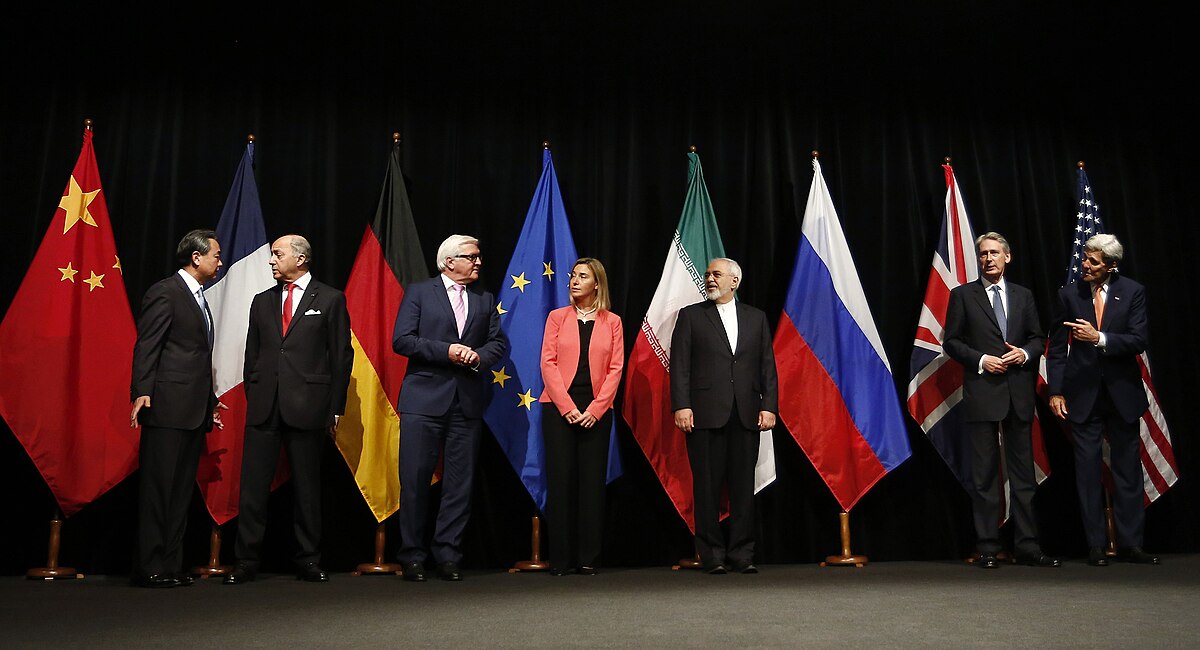The Center of Mosque Studies – political and economic pressures
on the Islamic Republic of Iran began just some days after victory of the
Islamic Revolution in 1979 by US and its Western allies.
American and British capitalists whose interests
were going to be eliminated in Iran started to put their tight sanctions
against this country. Saddam Hussein, the lapsed dictator of Iraq attacked Iran by
support of USSR and many Western on 22th September of 1980, the eight years war
which caused to genocide of more than 1 million of Iranian soldiers and civilian
 .
.
US started to support
Iraqi Army officially since 1982, after serial losses of Iraqi Army in front of
Iran. Even according to the existent documents, some pilots of Iraqi fighters
during the mentioned war were American citizens who worked for Iraqi Army.
After end of war, US
continued its enmity against Iran and used higher level of sanctions against
this country. While American politicians have claimed always that their problem
is only with current political regime of Iran, their main sanctions have been
opposed to interests and satisfaction of Iranian civilians who need drugs,
airplane, automobile and many other necessary goods for their personal life
 .
.
By raise of Obama as the
president of US, Washington began use of Dual Containment policy against Iran
which was introduced by Martin Indyk, the previous ambassador of Washington in
Tel Aviv. So, the sanctions were increased while Washington demanded for better
relations with Tehran. Iran and US finally achieved an agreement on nuclear
activities of Tehran named JCPOA on 18 October 2015.
According to this
agreement, Iran undertook to stop its nuclear activities and US promised to
suspend some of relevant sanctions against Tehran in return with coordination
of European powers. Since of signing the agreement between the parties, IAEA
has certified obligation of Iran to its commitment in JCPOA while US government
never implemented its promises which were mentioned in the agreement
 .
.
By raise of Donald Trump
to power, he started to withdraw from not only JCPOA but many other international
agreements signed by past US government like Climate Change or NAFTA. On May 8,
2018, the United States officially withdrew from the agreement after President
Donald Trump signed a Presidential Memorandum ordering the reinstatement of
harsher sanctions. In his May 8 speech, Trump called the Iran deal
"horrible" and said the United States would "work with our
allies to find a real, comprehensive, and lasting solution" to prevent
Iran from developing nuclear arms. The IAEA has continued to assess that Iran
has been in compliance with JCPOA and that it had "no credible indications
of activities in Iran relevant to the development of a nuclear explosive device
after 2009" Other parties to the
deal stated that they will work to preserve the deal even after the US
withdrawal
 .
.
That’s why Ayatollah
Khamenei, the Supreme Leader of Iran refused to renegotiate with US government
and emphasized on not reliance on EU. Instead, he recommended Iranian
government and people to resist against Washington and its illogical demands
 .
.
This is what Wendy
Sherman, the senior official of US Ministry of State and the member of nuclear negotiation
team with Iran as “Resistance Culture”. Sherman accused Trump’s government to
not understanding the resistance culture of the Iranian people. In an interview with Yahoo
News published on Sunday, 29 July 2018, Wendy Sherman slammed Trump's
use of threats to push his adversaries into submission, emphasizing that
Iranians are not a nation to surrender to any threats
 .
.
But what is resistance culture and its roots in Iran? Why Iranians never homage facing
threats? We try to elaborate this in the next part of this article. Stay with
us.